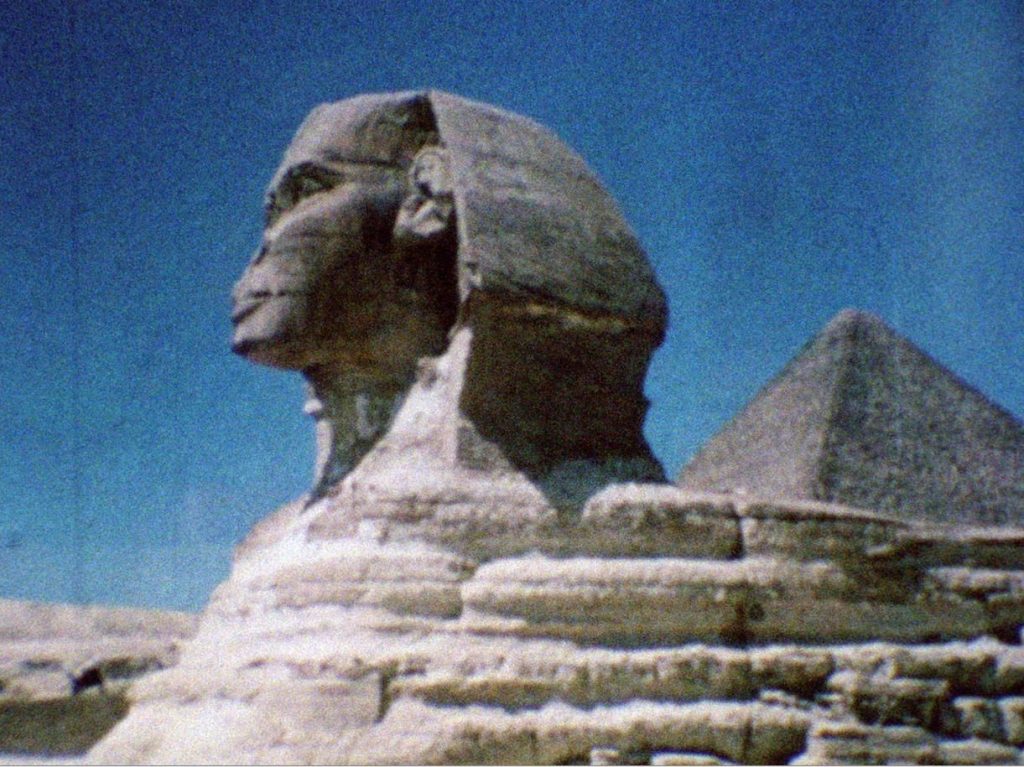In the upcoming two terms we will focus on various forms of written and filmed, real and fictitious manifests with a particular relation to the history and present of moving image cultures.

The summer term will be dedicated to exploring the genre and roles of manifests in art and film history, in order to investigate various narratives of the avant gardes from the perspective of a few central texts. “In many of those writings what is at stake is nothing less but the liberation of cinema from the constraints and conventions of commercial, aesthetic, narrative or political forms; they are inspired by the desire for new aesthetics, a new cinema that positions itself politically and aesthetically in a radical way.” [1] Historically, manifests aim for the destruction of old orders to draft new futures. As much as historic manifests were intimately connected with the project of modernism and the avant-gardes, in their contemporary guises, they often function as critical tools, positioning themselves against patriarchal language and against the performance of radical subjectivities of historical manifests.
In the fall term of 2022 we will then further focus exclusively on selected feminist manifests (either originally intended to be, or having become retroactively a manifest) in text and image from the time period between the 1980s and the present by authors such as Legacy Russell, Laura Mulvey, Donna Haraway,Virginia Woolf, Laboria Cuboniks et. al.
Especially contemporary feminist manifests increasingly take into account the deep transformations brought about by digital culture and technologies. For example, the notion of the communal is increasingly shaped and governed by algorithmic processes; surveillance capitalism and data governmentality have far reaching implications for societal and political organisation. The emergence of ghost labor, which underpins the phantasma of artificial intelligence, new forms of automated discrimination triggered by algorithmic bias and the rise of the paradigm of post-truth in contemporary social media, underpin new forms of political activism and organisation. All of these factors find expressions in contemporary manifests which are indebted to the critical tradition of technofeminism, and are aimed at experimenting with new forms of communication, communality and aesthetics.
At the core of the project reside a number of questions: How can a time based work itself become a manifest? How to turn a written manifest into a script to be used as a starting point for a video, a film, a time based installation, a performance? In which way can manifests again become virulent contemporay forms of dissent and unrest and intervention, while drafting a vision of a different, perhaps better future?